.jpg)
SIGIRIYA ROCK
Sigiriya, often referred to as the “Lion Rock,” is one of Sri Lanka’s most iconic landmarks and a UNESCO World Heritage Site, renowned for its historical significance, unique architecture, and unparalleled natural beauty. Located in the heart of the island’s Cultural Triangle in the Matale District, this awe-inspiring rock fortress stands 200 meters (660 feet) tall, dominating the surrounding plains with its majestic presence. The name “Sigiriya” comes from the Sinhalese word Sinhagiri, meaning "Lion Rock," a reference to the enormous lion that once stood guarding the entrance to the palace atop the rock. Today, it is celebrated as a marvel of ancient urban planning and engineering, and a testament to Sri Lanka’s rich cultural and architectural heritage.
The history of Sigiriya dates back to the 5th century AD, during the reign of King Kasyapa (477-495 AD). Legend has it that Kasyapa, a king with a troubled past, seized the throne from his father, King Dhatusena, after assassinating him. Fearing retaliation from his half-brother Moggallana, the rightful heir to the throne, Kasyapa sought refuge and built his fortress at Sigiriya, transforming the massive rock into an impregnable stronghold. This rock citadel served as the royal capital and a secure retreat from his enemies, with intricate defenses, an elaborate royal palace, and sophisticated urban infrastructure designed to withstand invasions.
The approach to the summit is an experience in itself. Visitors first pass through the beautifully landscaped royal gardens at the base of the rock. These gardens are considered to be among the oldest landscaped gardens in the world, showcasing the ingenuity of ancient Sri Lankan engineers and designers. The gardens are divided into three distinct sections: the water gardens, the terraced gardens, and the boulder gardens. The water gardens are the most striking, featuring symmetrically arranged ponds, fountains, and water channels that continue to function even today, using natural hydraulic pressure systems. These elements were not only aesthetic but also served as cooling mechanisms for the dry climate of the region.
As visitors continue the climb, they encounter the famous frescoes of Sigiriya, painted on a sheltered rock face about halfway up the rock. Known as the "Sigiriya Maidens" or "Cloud Damsels," these 21 surviving frescoes are considered masterpieces of ancient Sri Lankan art, depicting gracefully painted women in vibrant colors. The frescoes are believed to represent either celestial nymphs or the king’s concubines and are symbolic of the sophistication of Sigiriya’s artistry. The exquisite detail and use of natural pigments highlight the advanced artistic techniques of the time.
Adjacent to the frescoes is another remarkable feature of the site—the Mirror Wall. Once polished to a brilliant sheen, it reflected the images of anyone passing by, including the king himself. Over the centuries, the wall has been inscribed with poetry, verses, and comments by visitors dating as far back as the 8th century, expressing admiration for the beauty of Sigiriya and the frescoes. These ancient inscriptions are a testament to the awe that the site has inspired through generations and provide valuable insights into the thoughts and emotions of early visitors.
Continuing up the narrow staircase, visitors arrive at the Lion’s Gate, an imposing entrance that once featured a gigantic lion structure, with only the massive lion paws remaining today. The lion was meant to symbolize power and authority, guarding the entrance to the king’s palace at the summit. Beyond the Lion’s Gate lies the final ascent to the summit of the rock, where the remains of the royal palace can still be seen. Though largely in ruins, the foundations reveal a complex layout of chambers, audience halls, and throne rooms. The summit also offers breathtaking 360-degree views of the surrounding forests and plains, making it clear why King Kasyapa chose this location for his fortress.
Sigiriya’s architectural grandeur extends beyond its walls and sculptures to its advanced water management systems. At the top of the rock, a series of sophisticated cisterns were carved into the bedrock to collect and store rainwater, providing a constant water supply for the palace’s needs. The distribution of water throughout the gardens and palace complex was meticulously engineered, demonstrating the advanced knowledge of hydraulics and water management possessed by the ancient Sinhalese.
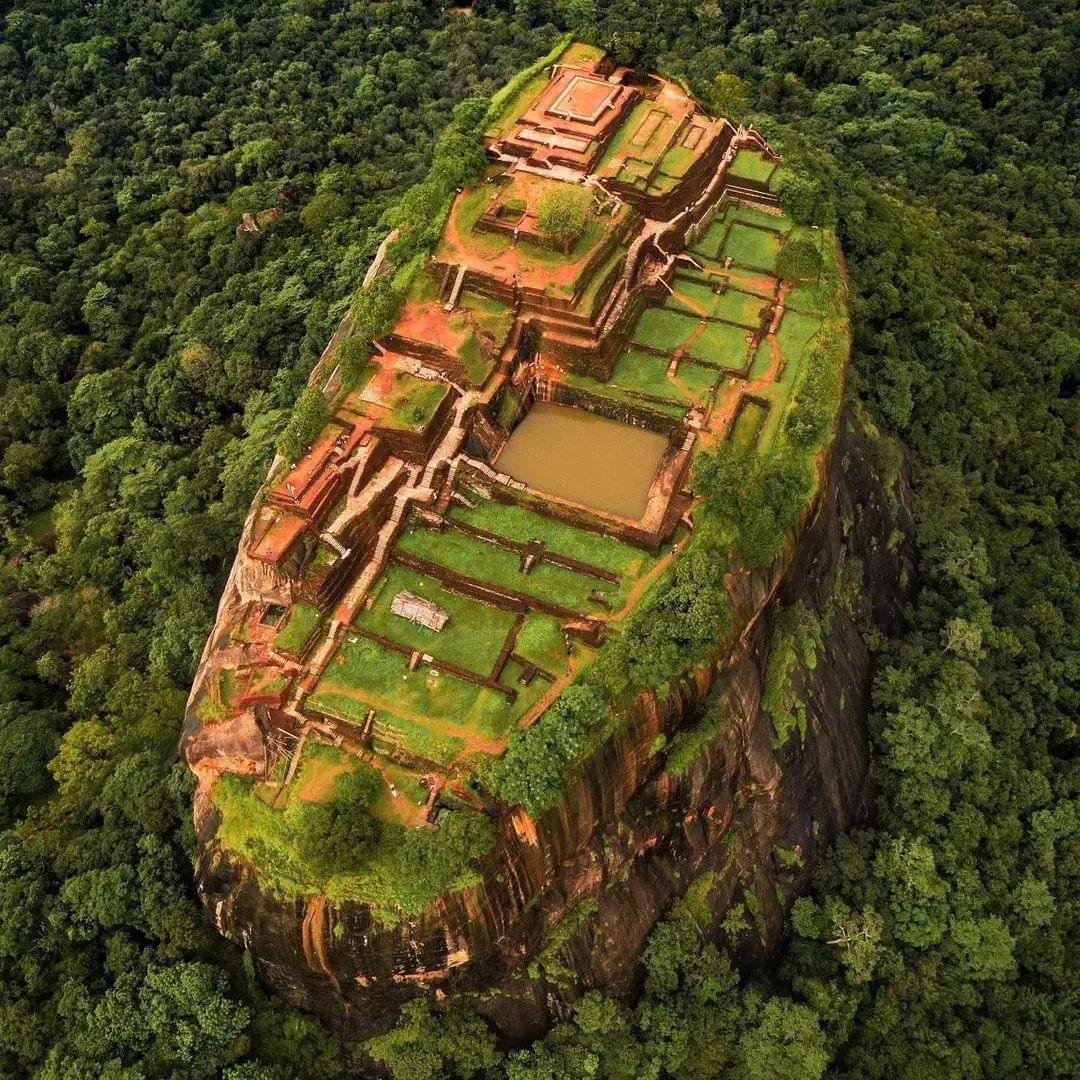
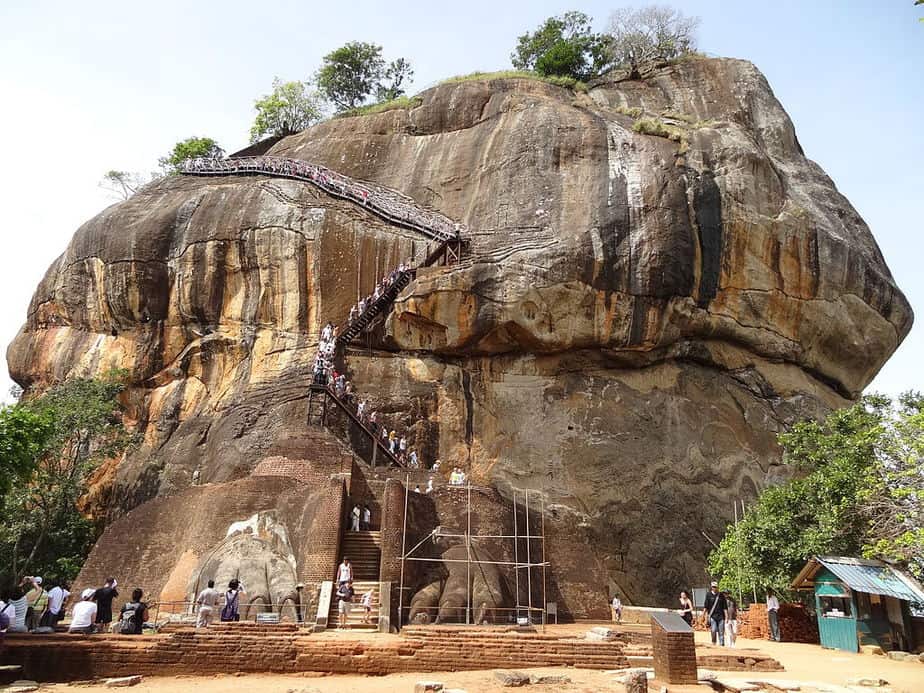
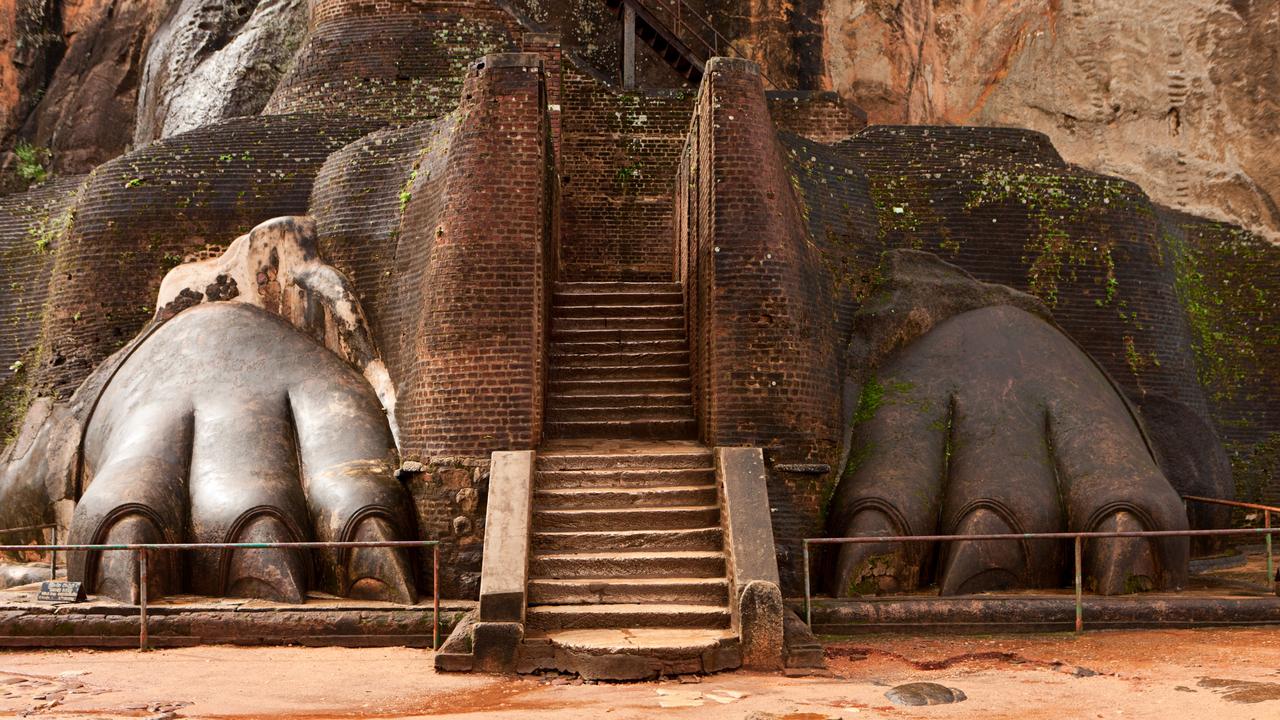
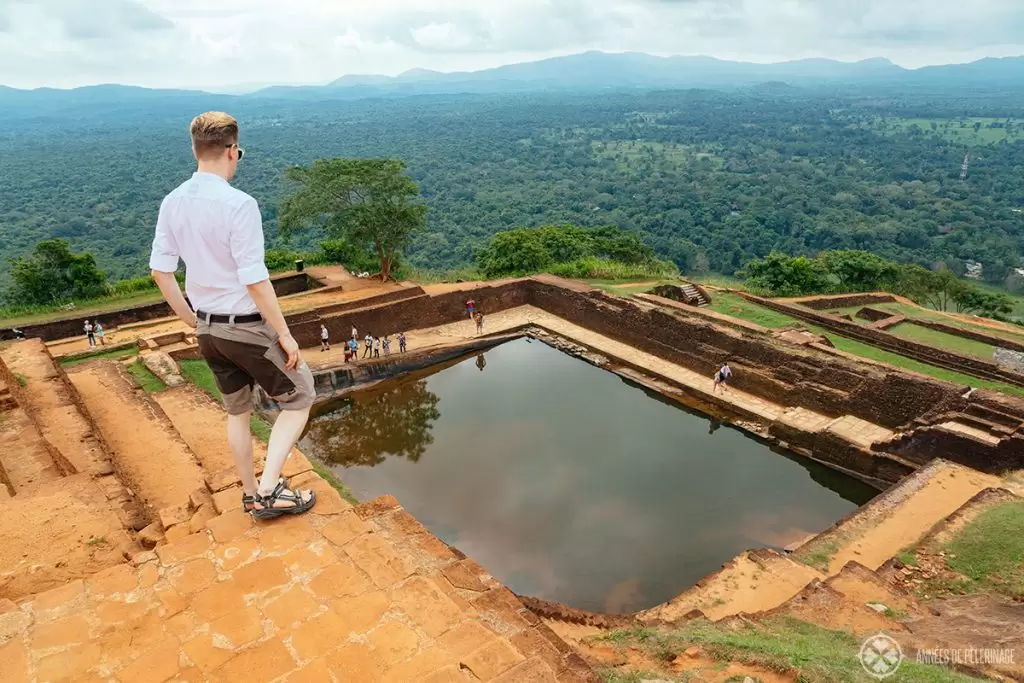
After King Kasyapa’s tragic defeat in battle in 495 AD—when he reportedly took his own life upon realizing his armies had deserted him—Sigiriya was abandoned as a royal capital and eventually transformed into a Buddhist monastery. For centuries, the site remained hidden beneath the dense forest until it was rediscovered by British explorers in the early 19th century. Excavations and restorations have since revealed the true splendor of the site, making it one of Sri Lanka’s most treasured historical attractions.
Today, Sigiriya is more than just a historical monument; it is a symbol of Sri Lanka’s cultural identity and resilience. Its combination of natural beauty, historical significance, and architectural brilliance make it a must-visit destination for travelers, historians, and nature enthusiasts alike. As visitors walk through the ancient pathways and climb the steep stairways, they are not only exploring a monumental achievement in engineering and design but also retracing the footsteps of a rich and complex past—a story of ambition, power, art, and spirituality that continues to captivate all who visit this incredible site.
In essence, Sigiriya is not just a rock fortress—it is a masterpiece of ancient urban planning and a window into Sri Lanka’s royal history, artistic excellence, and technological prowess, making it one of the most significant archaeological and cultural landmarks in the world.
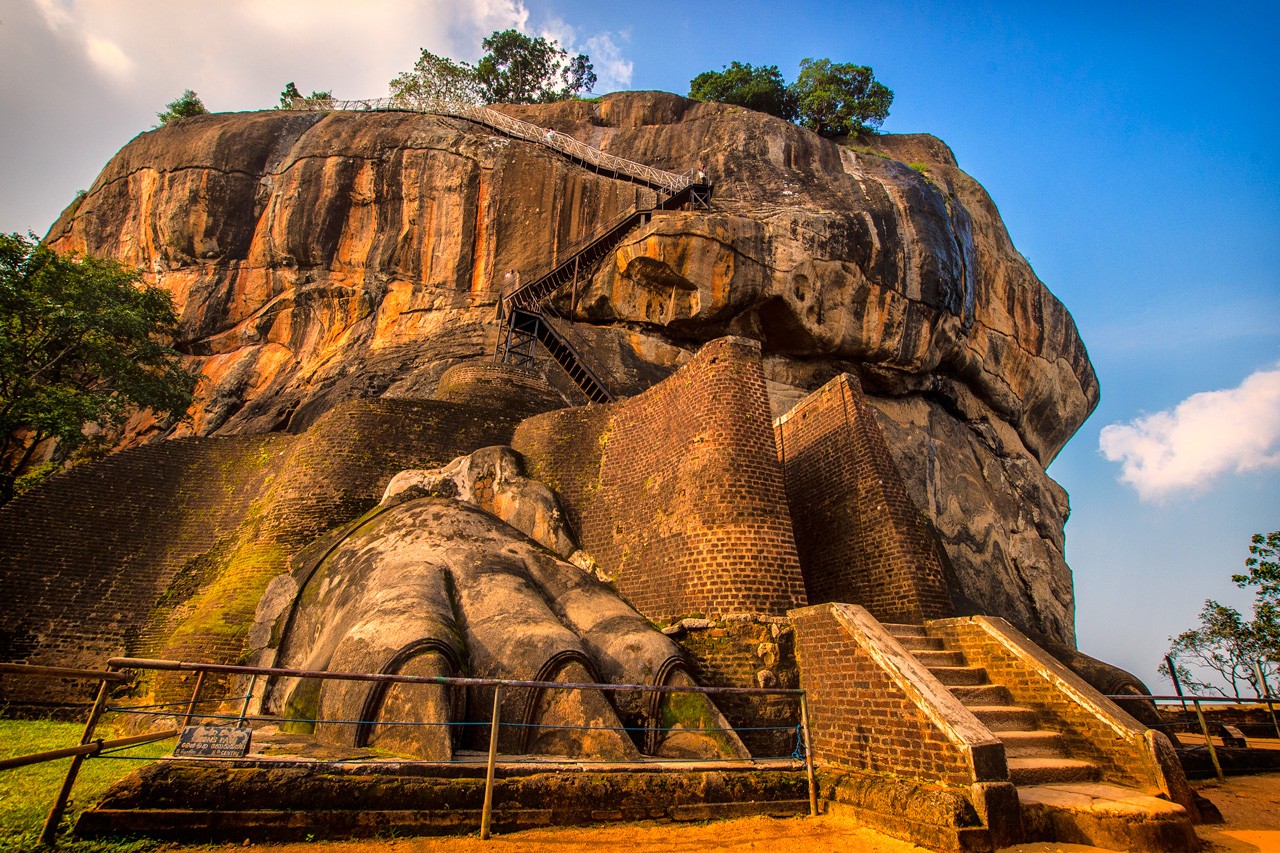
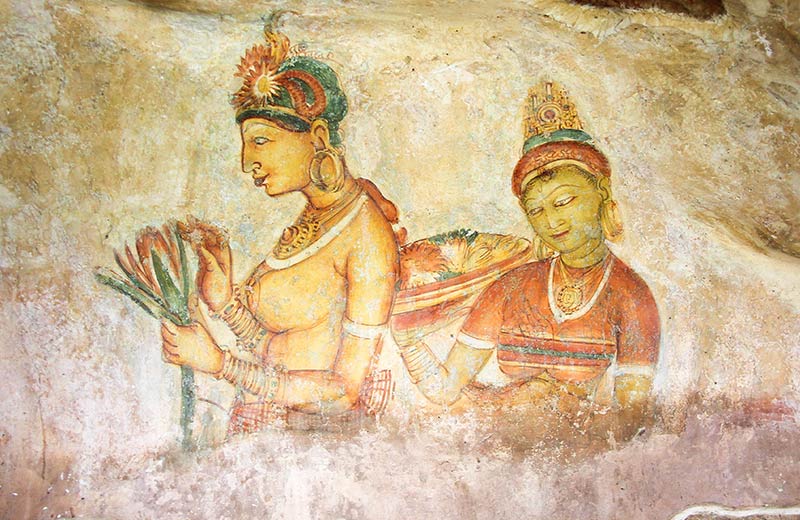
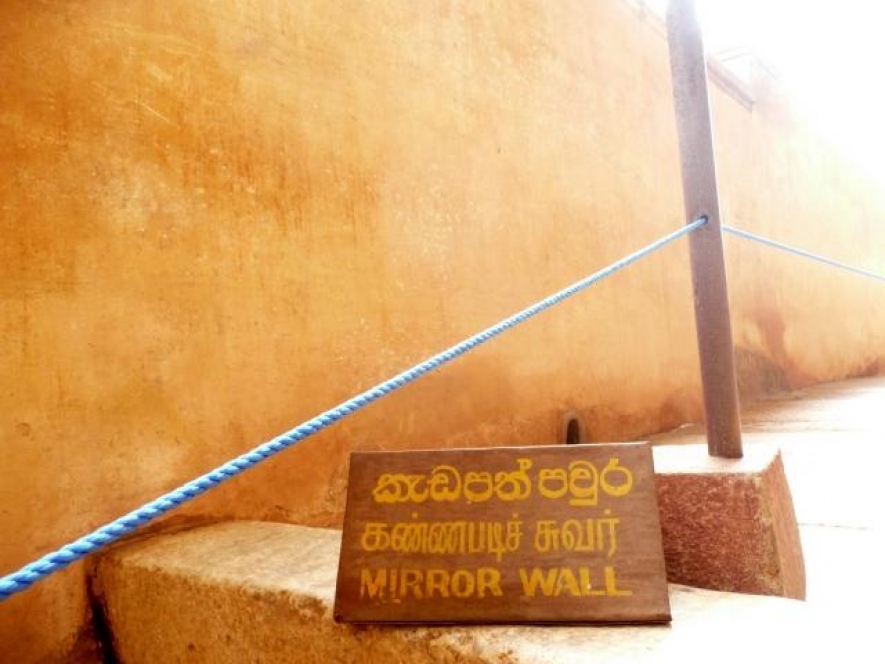
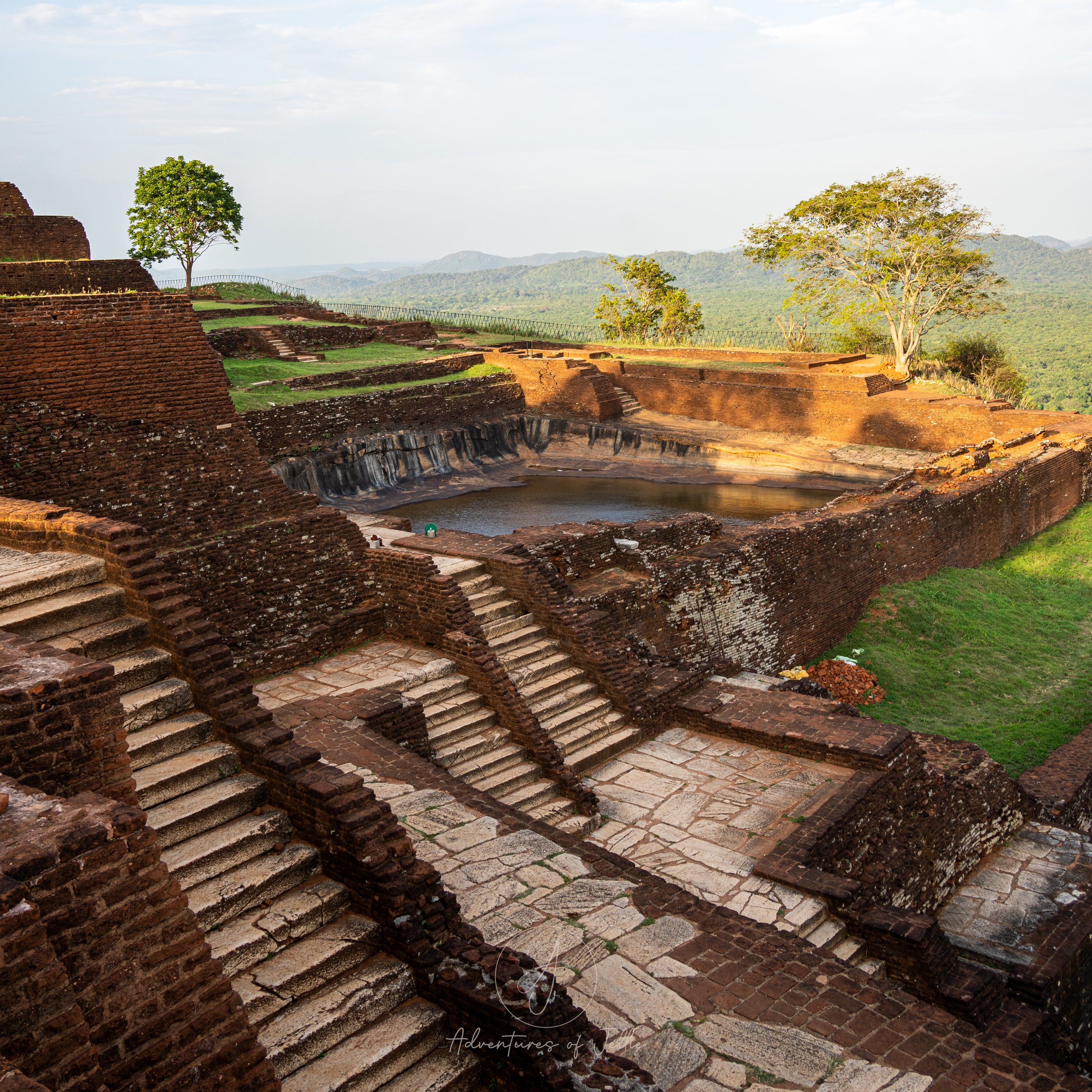
Sigiriya - Ancient Sky City Built With Advanced Technology
Explore Sigiriya, the iconic Lion Rock of Sri Lanka, in this video. Discover its breathtaking views, rich history, stunning frescoes, and the story of King Kasyapa. See why this UNESCO World Heritage Site is a must-visit for anyone interested in Sri Lanka’s cultural heritage.


Leave a Comment